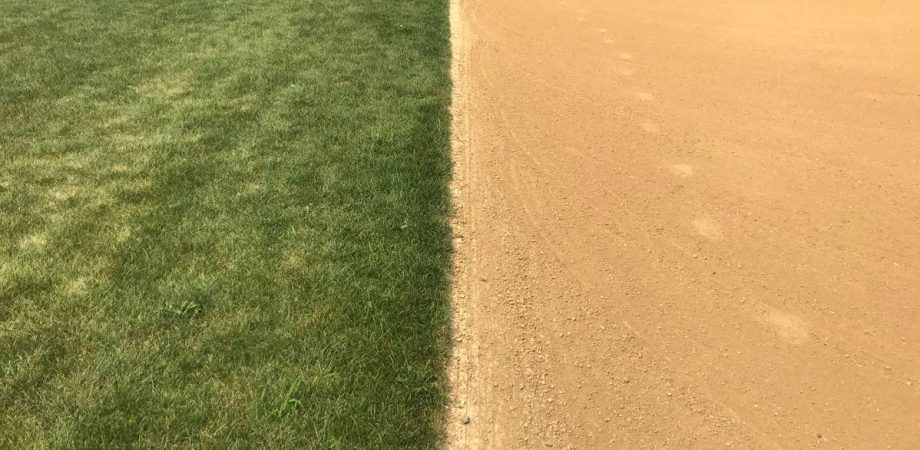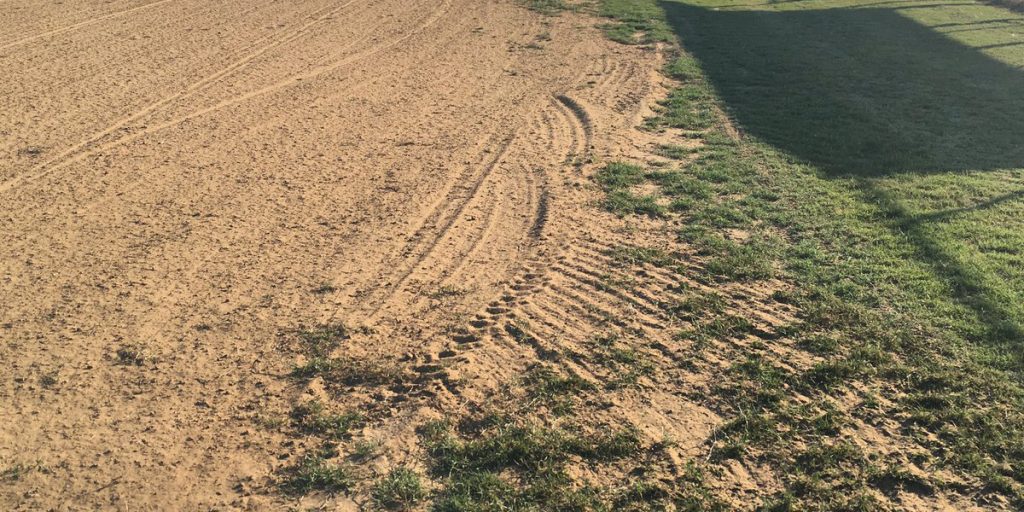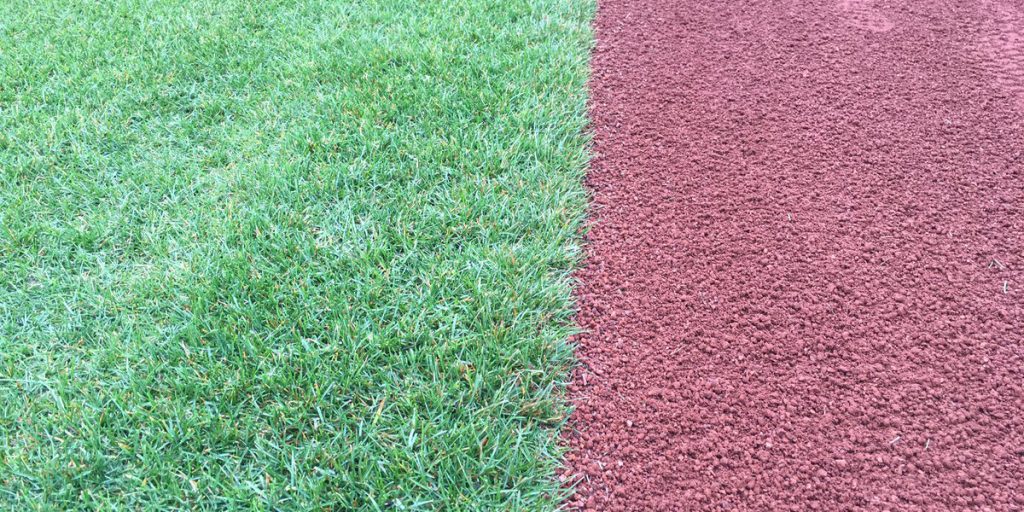How to Edge Infields and Warning Tracks

Several goals can be accomplished by the basic task of edging an infield. Two categories encompass edging an infield: in-season and pre/post-season.

Pre/post-season edging can extract substantial amounts of turf. In the climates of the north, rhizomes cause Kentucky bluegrass to spread. In the climates of the south, rhizomes and stolons are created by bermudagrass, which aggressively invades infields and warning tracks.
Proper planning must always be taken into account when re-establishing edges before the season starts. Prior to the initial edging of the season, ALWAYS measure your edges. How do you measure your edges?
- Baselines. Stretch out the string you would lay for your foul line and measure each edge off the line. Create a simple drawing. The measurement varies.
- Infield. Put all three bases in the anchors. Take a measurement from the back corner of the base to the front edge of the infield. The measurement is typically 3 ft.
- Base cutouts. With a 100 ft tape, measure from the anchor to the turf edge. The measurement is typically 15 ft.
- Back arc. With the same 100 ft tape, measure from the front of the pitcher’s rubber to the back arc. The measurement is typically 95 ft.
- The warning track. Measure off the wall/chain link fence.
The guesswork of the first spring edging is gone. Now, it’s a thing of the past! Following all the measurements, edge the surface. Then, take the field back to in-season dimensions.

Ensure the field looks good and also reduce lips with in-season edging. How to tackle in-season edging:
- Before edging the infield or warning track, ALWAYS string up the edges.
- Every two weeks, in-season edging should take place. Just grass clippings will be removed if you are edging every two weeks.







